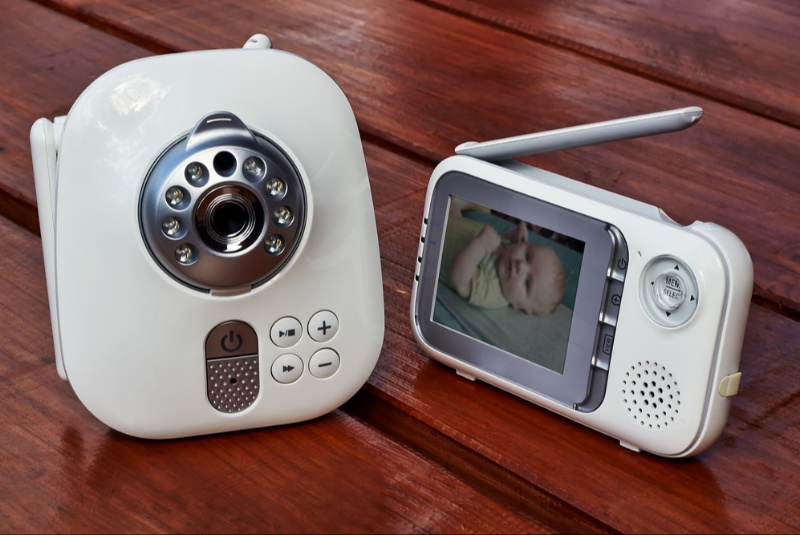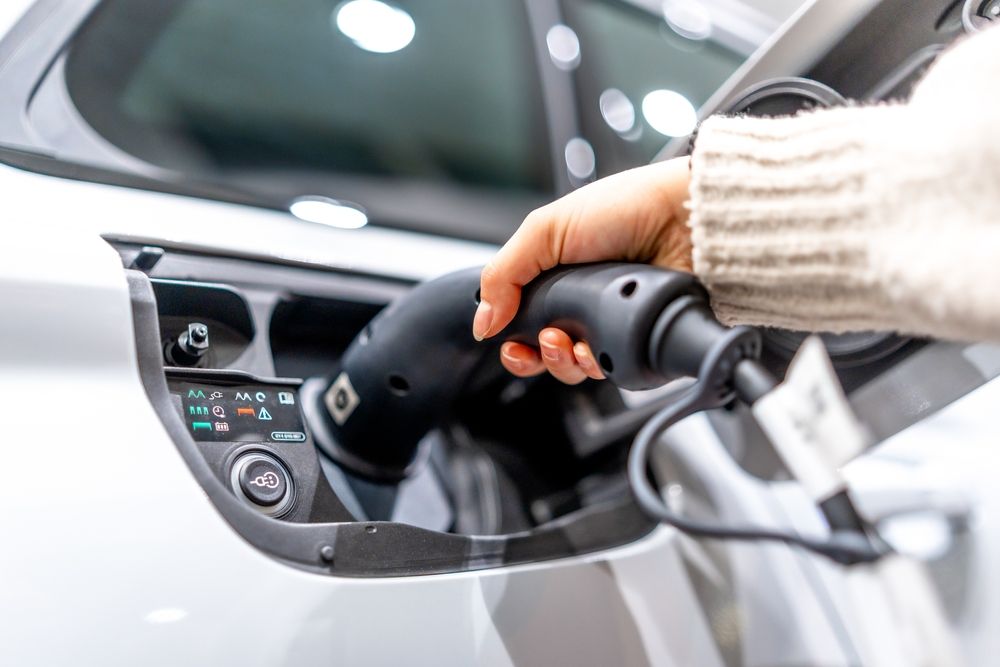Purchasing a high-quality baby monitor is a crucial decision for new parents seeking peace of mind and the safety of their child. With numerous options available, it’s important to understand what features to look for to find the best monitor for your needs. This guide will navigate you through the process of selecting a baby monitor that ensures reliability, safety, and ease of use.
Understanding Different Types of Baby Monitors
Baby monitors come in various types, including audio-only, video, Wi-Fi-enabled, and movement monitors. Audio monitors are basic but effective for hearing your baby, while video monitors provide visual monitoring. Wi-Fi-enabled monitors offer remote access via smartphones, and movement monitors alert you to changes in your baby’s movement patterns.
Assessing Audio and Video Quality
For audio monitors, look for clarity of sound and sensitivity. For video monitors, consider the resolution and night vision capabilities. High-quality monitors offer clear visuals, even in low-light conditions, and crisp audio that allows you to hear every sound from your baby’s room.
Evaluating Range and Connectivity
The range of the baby monitor is critical, especially for larger homes. Ensure the monitor maintains a strong signal throughout your house. For Wi-Fi-enabled monitors, assess the strength and stability of the connection to avoid disconnections or delays in transmission.
Battery Life and Charging Options
Consider the battery life of the monitor, particularly for handheld parent units. Long battery life is essential for continuous monitoring, especially during naps or overnight. Some monitors offer a power-saving mode or come with charging cradles for convenience.
Ease of Use and User Interface
The baby monitor should be intuitive and user-friendly. Look for simple setup processes, easy-to-navigate menus, and quick access to important features. A complicated monitor can be frustrating and time-consuming, especially for sleep-deprived parents.

Safety Features and Secure Connections
Safety is paramount when it comes to baby monitors. Choose models with secure connections to protect against hacking, especially for Wi-Fi-enabled monitors. Features like temperature sensors, two-way talk, and soothing lullabies can also enhance the safety and comfort of your child.
Adapting to Your Growing Child’s Needs
As your child grows, their needs and your monitoring requirements will change. It's important to select a baby monitor that can adapt to these evolving needs. For infants, a video monitor with night vision might be essential for constant surveillance. As your child becomes a toddler, a monitor with two-way audio can be useful to communicate with them if they wake up at night or need reassurance. Some monitors also feature interchangeable lens technology or pan and tilt functions, allowing you to adjust the field of view as your child becomes more mobile. Choosing a versatile monitor ensures it remains useful for several years, adapting to the different stages of your child's early development.
Size, Portability, and Design
Consider the size and design of the monitor for both aesthetic and practical reasons. A compact and portable design is beneficial for moving the parent unit around the house. Also, the design of the camera unit should complement your nursery’s décor.
Integrating Baby Monitors with Smart Home Systems
For tech-savvy parents, integrating the baby monitor with existing smart home systems can enhance convenience and functionality. Some modern baby monitors can connect to Wi-Fi and integrate with smart home devices, allowing you to control them through your smartphone or tablet. Features such as remote viewing, notifications, and integration with voice assistants like Amazon Alexa or Google Assistant can provide added layers of convenience and control. However, with the integration of smart technologies, it's crucial to prioritize security and privacy settings to protect your family’s data and ensure peace of mind.
Durability and Build Quality
Durability is key for a product that will be used extensively. Check for robust build quality and materials that can withstand regular use and accidental drops. A well-built monitor ensures longevity and reliability.
Privacy Concerns with Wi-Fi Monitors
When considering a Wi-Fi-enabled monitor, be aware of privacy concerns. Ensure the monitor offers encrypted signals and has strong security features to protect your family’s privacy. Regularly updating firmware and using strong passwords can also enhance security.
Advanced Features and Customization
Modern baby monitors offer advanced features like room temperature monitoring, humidity sensors, and customizable alert settings. Determine which features are important to you and how they align with your parenting needs.
Cost and Budget Considerations
Baby monitors range from budget-friendly audio-only models to high-end video and Wi-Fi monitors. Determine your budget and balance it against the features you need. Remember, the most expensive option isn’t always the best choice for your specific requirements.
Reading Reviews and Seeking Recommendations
Before making a purchase, read customer reviews and ask for recommendations from other parents. Reviews can provide insights into the monitor's performance, reliability, and ease of use. Recommendations from friends or family can also be valuable.
Warranty and Customer Support
Consider the warranty and customer support offered by the manufacturer. A good warranty can provide peace of mind, and responsive customer support is crucial for addressing any issues or questions you may have about the product.
Testing the Monitor in Your Home
If possible, test the baby monitor in your home before finalizing your purchase. This allows you to check the range, audio and video quality, and connectivity in your specific environment, ensuring that the monitor meets your expectations and requirements.
Choosing the right baby monitor involves considering various factors such as type, audio and video quality, range, battery life, ease of use, safety, design, durability, and cost. By carefully evaluating these aspects and considering your personal needs, you can select a high-quality baby monitor that offers peace of mind and ensures the safety and comfort of your baby.




